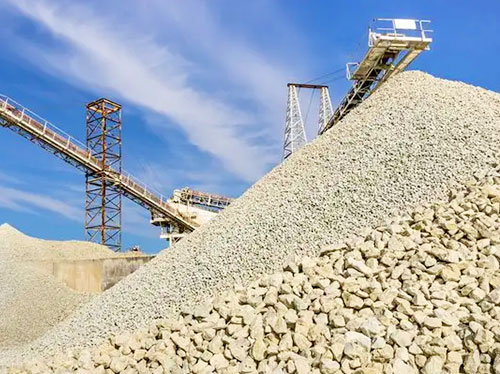composition
Mineral debris: mainly quartz, feldspar.
Rock debris: related to rock species exposed in the environment around a field production site or upstream of a river.
Cement: there are also cements in the rock, different sandstone cements are different, common calcareous, siliceous, iron, argillaceous and so on.
characteristic
The structure of different sand and stone is different, some grain thickness is uniform, some size is different; Some sand and stone debris roundness is very good, and some sand and stone debris edges and corners are distinct. Sand and stone belong to loose matter, but its particles are generally hard, and in the surface environment, chemical properties are stable. For sandstone, its weathering resistance is generally strong, especially after the silicification of quartz sandstone, its hardness is more than granite.
use
Because of its good hardness and stable chemical properties, sand and stone are often used as high-quality building materials and concrete raw materials and are widely used in housing, roads, highways, railways, engineering and other fields.
As for sandstone, since ancient times, it is an important building material for large buildings, molstone carving, interior decoration, garden garden construction.
cause
Natural origin: in nature, the rocks through weathering, denudation and other surface effects, broken and separated into particles of different sizes. Under the action of water, wind, glacier, etc., these particles are transported and accumulated to form sand and stone layers. The sand and stone layers formed before the Quaternary Period (2 to 3 million years ago) were basically formed into rocks, namely all kinds of sandstone, conglomerate and so on. And the Quaternary formed during the unconsolidated rock, that is, all kinds of gravel stone, gravel sand, gravel, or called Quaternary loose accumulation. Natural sand, also known as natural sand.
Artificial causes: Human beings through the sand making machine and other equipment to break the stone material, known as machine sand.





